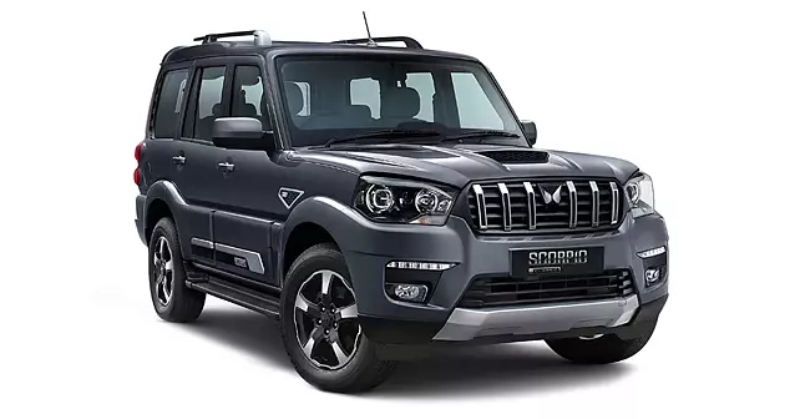An essential component of the Gaganyaan mission’s safety features is the crew escape system.
Gaganyaan, India’s ambitious first human spaceflight project, will fly its first test vehicle trip to verify the crew escape system in about two months, a top ISRO official announced on Friday.
It would be the first of the Gaganyaan program’s four abort missions, according to officials of the national space agency, which has its headquarters in Bengaluru.
The second test vehicle mission, TV-D2, and the first unmanned mission of Gaganyaan (LVM3-G1) would come after the first test vehicle flight, TV-D1.
The next missions are the LVM3-G2 mission with a robotic payload and the second set of test vehicle missions (TV-D3 and D4). According to them, the successful test vehicle and uncrewed missions served as the basis for the crewed mission’s planning.
“Right away, the crew escape system validation is what we are aiming for. The project will launch from Sriharikota in a month or two, Gaganyaan Project Director R Hutton announced at an international space conference here.
The Gaganyaan project, according to ISRO officials, aims to show India’s capability of sending a crew of two to three people on a one- to three-day mission to a circular orbit of about 400 km around the Earth and returning them safely to Earth by landing in a predetermined spot in Indian sea waters.
The launch vehicle for the Gaganyaan mission has been identified as the LVM3 rocket, ISRO’s heavy-lift launcher. A solid stage, a liquid stage, and a cryogenic stage make up this system. Human Rated LVM3 (HLVM3) is the name given to all LVM3 systems once they have been reconfigured to comply with human rating requirements.
“I’m happy to report that the LVM3 has received human ratings. According to Hutton, “when we say human-rated, it should have adequate safety margins,” he said during the conference, which the Confederation of Indian Industry organized.
A series of quick-acting, high-burn-rate solid motors are used in the Crew Escape System (CES) of the HLVM3 to ensure that the Crew Module (CM) and crew are transported to a safe distance in the case of a problem on the launch pad or during ascent.
The Crew Module and the Service Module are parts of the Orbital Module (OM), which will orbit the Earth. Modern avionics systems with sufficient redundancy for human safety are installed on OM.
The crew can live in the Crew Module, which has an environment similar to Earth. A pressurized metallic inner structure and an unpressurized external structure with a thermal protection system make up its double-walled architecture.
It houses the deceleration systems, avionics, life support systems, crew interfaces, and human-centric goods. In order to guarantee the crew’s security during descent and touchdown, it is also built for re-entry.
Crew Module will receive the necessary support from the Service Module while it is in orbit. A heating system, a propulsion system, a power system, avionics systems, and deployment mechanisms are all contained within the unpressurized framework.
Topics #India #ISRO #New Mission #New Rocket #rocket #Space #Space agencies











